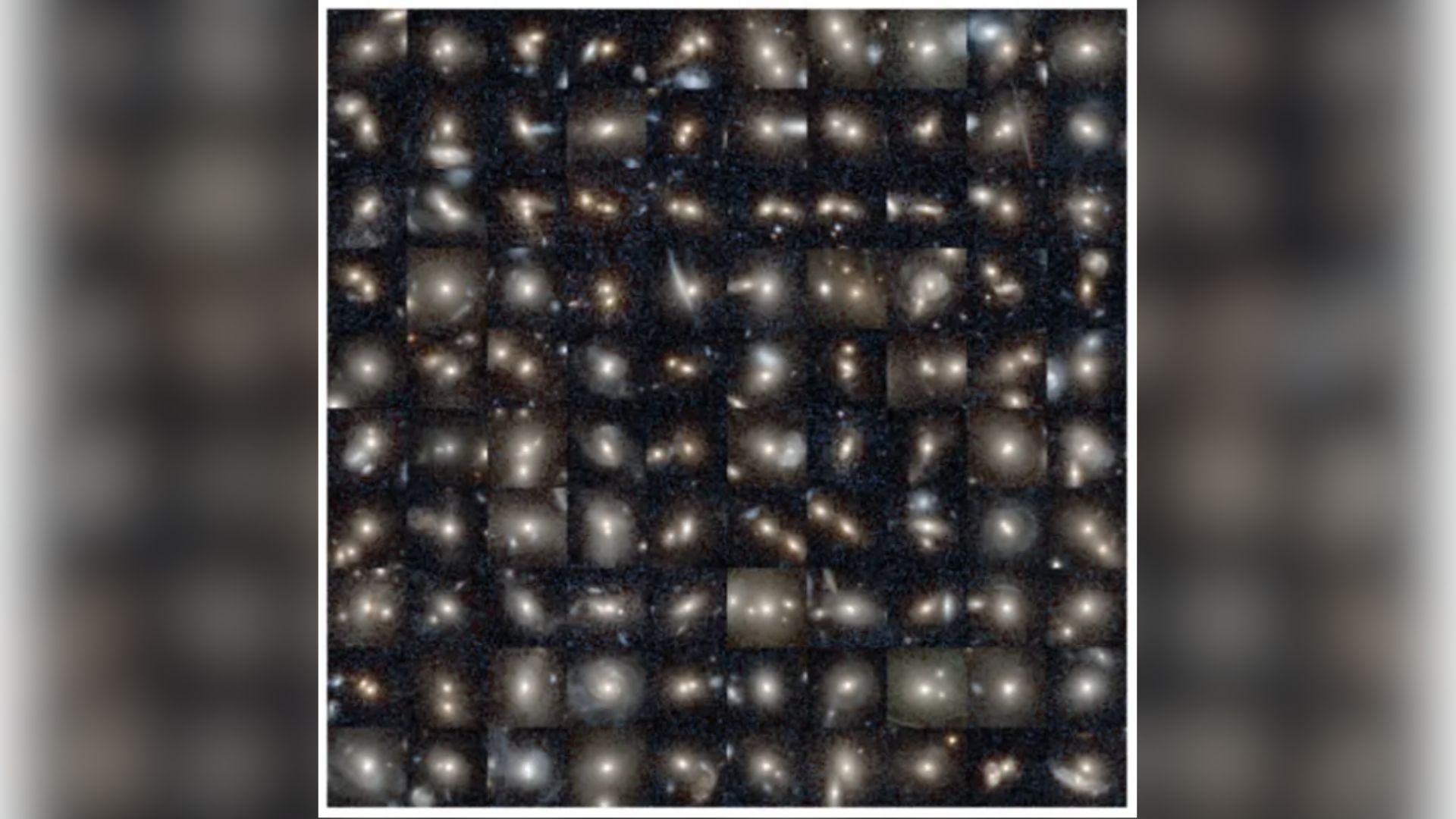SpaceX's Crew-5 mission will carry Native American woman to orbit for 1st time
NASA astronaut Nicole Mann will reach orbit aboard SpaceX's Crew-5 mission for NASA, slated to lift off on Oct. 4.

A NASA astronaut will make soon make a giant leap for diversity.
Nicole Mann will become the first Native American woman to fly in space when SpaceX's Crew-5 mission for NASA launches from Kennedy Space Center in Florida. That liftoff is currently scheduled for Oct. 4, though Hurricane Ian could end up pushing it back a bit.
"I feel very proud," Mann told Reuters in August. "It's important that we celebrate our diversity and really communicate that specifically to the younger generation."
Related: NASA's SpaceX Crew-5 astronauts ready for historic mission
Mann, a member of the Wailacki of the Round Valley Indian Tribes in northern California, said that her community is eager for the chance for orbital representation on board Crew-5's destination, the International Space Station.
"That's really, I think, an audience that we don't get an opportunity to reach out to very often," said Mann, who is slated to spend half a year in space on the orbital complex. Mann will bring a dreamcatcher into orbit, which is a sort of protective charm in some Native American cultures, according to the Smithsonian Institution — although the specific meanings and associated stories vary from group to group.
Mann's time in orbit will coincide with November's Native American Heritage Month, which celebrates the "rich histories, diverse cultures and important contributions of our nation’s first people," according to the U.S. Department of the Interior.
Breaking space news, the latest updates on rocket launches, skywatching events and more!
NASA has been highlighting Native American contributions to the agency in recent years, too. One example is the "hidden figure" Mary G. Ross, a member of the Cherokee Nation who contributed to Mars and Venus missions as a mathematician and engineer. The first Native American to leave Earth was John Bennet Herrington, a NASA astronaut and member of the Chickasaw Nation who reached orbit in 2002.
Related: NASA engineers, scientists and more shine bright this Native American Heritage Month
American Indians and Alaska Native populations represent roughly 3.7 million people, or 1.1% of the overall United States population, according to the United States Census Bureau's 2020 numbers. Such figures can be quite fuzzy, however, given that many people are a combination of multiple ethnicities. ("Native Hawaiian" and "Other Pacific Islander" are counted separately in the census, too.)
Mann has emphasized that diversity in space is a good thing, as it brings more perspectives to space exploration. "We are coming together as a human race," Mann told ABC News in August, "and our mission on board the International Space Station of developing this technology and research to benefit all of humankind is really what brings us together."
The other three members of the Crew-5 mission are Anna Kikina, the first-ever Russian cosmonaut to fly with SpaceX, and NASA's Josh Cassada and Japan's Koichi Wakata.
Follow Elizabeth Howell on Twitter @howellspace. Follow us on Twitter @Spacedotcom or Facebook.

Elizabeth Howell (she/her), Ph.D., was a staff writer in the spaceflight channel between 2022 and 2024 specializing in Canadian space news. She was contributing writer for Space.com for 10 years from 2012 to 2024. Elizabeth's reporting includes multiple exclusives with the White House, leading world coverage about a lost-and-found space tomato on the International Space Station, witnessing five human spaceflight launches on two continents, flying parabolic, working inside a spacesuit, and participating in a simulated Mars mission. Her latest book, "Why Am I Taller?" (ECW Press, 2022) is co-written with astronaut Dave Williams.
